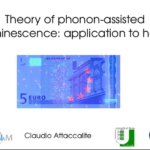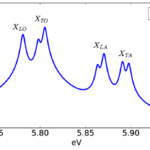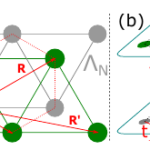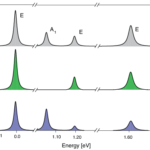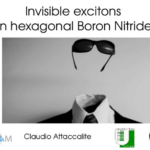On-surface chemistry using local high electric fields
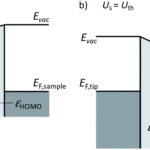
On-surface chemistry is a promising topic in nanoscience and is widely applied for the generation of a multitude of nanostructures and to the local chemical modification of adsorbed molecules in order to tune their properties or create layers with new functionalities. Using an electric field to control chemical reactions is a concept that has been… Read More



